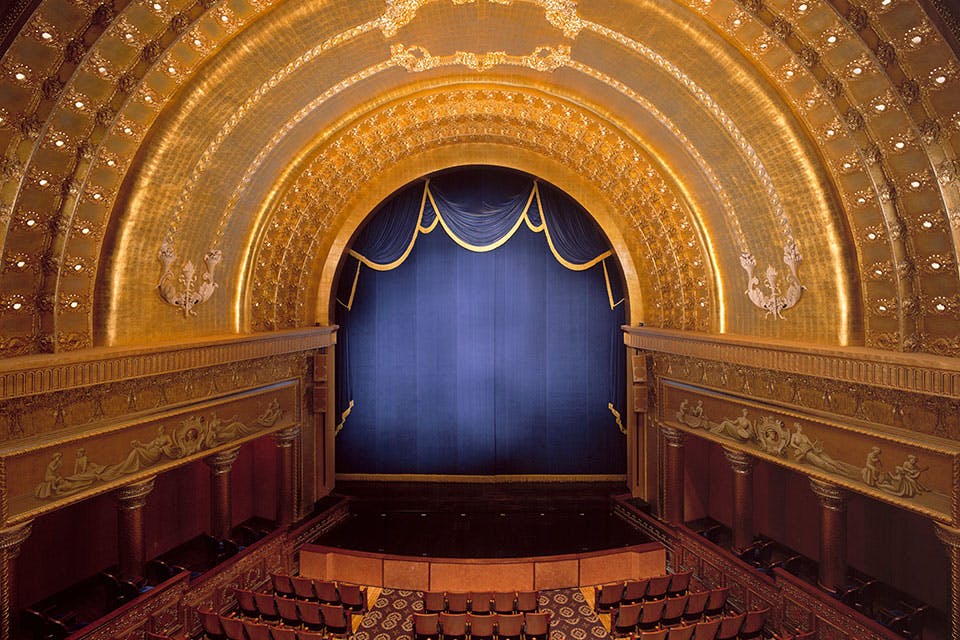Travel
Southern Theatre, Columbus
This historic capital city theater opened in 1896. Today, the compact, 933-seat venue offers an inviting and intimate space to enjoy live music.
Related Articles

Visit the Ohio Graves of 5 U.S. Presidents
Seven presidents were born in Ohio, and another called the state home before being elected. Connect with that history by visiting the final resting places of the five who are buried here. READ MORE >>
.jpg?sfvrsn=c7bfb738_5&w=960&auto=compress%2cformat)
3 Ways to Celebrate Ohio Statehood Day in 2025
Happy birthday, Ohio! Celebrate 222 years of the Buckeye State this week in both our current and former capital. READ MORE >>
.jpg?sfvrsn=6b61b838_5&w=960&auto=compress%2cformat)
5 Unique Symphony Shows to See This Season
Orchestras take on pop, country, Broadway musicals and Hollywood scores at Ohio theaters and music halls between now and March 8. READ MORE >>



